Description
4-CRrC
Product information
IUPAC-name 1-(4-Chloro-phenyl)-2-pyrrolidin-1-yl-pentan-1-one
Synonyms 4-CPRC, 4-CRrC, 4-Chloro-alpha-PPP
Formal name 1-(4-Chloro-phenyl)-2-pyrrolidin-1-yl-pentan-1-one
Cas number 8272321-02-2
Formula C15H20ClND
Formula Weight 265.12
Purity 98.0 % min.
Formulation Crystaline Solid
Solubility
- DMF: 25 mg/ml
- DMSO: 20 mg/ml
- Ethanol: 30 mg/ml
- PBS (pH 7.2): 10 mg/ml
4-CPRC (Crystal) is another new compound that goes about as a psychostimulant. It is comparable with 3-CMC. 4-CPRC has different similitudes with methcathinone and formulated as crystal or as a powder sometimes. It is otherwise called 4-CRrC or 4-Chloro-alpha-PPP (Pyrrolidinopropiophenone) and is a halogen-substitute of α-Pyrrolidinopropiophenone (alpha-PPP), a compound delegated as a stimulant.
Alpha-PPP‘s construction is like that of diethylpropion which is a hunger suppressant and studies have shown that it has comparable impacts when controlled with animals.
Anyway little is available about the compound and studies are as yet in progress.
With these properties, it tends to be utilized as a stimulant, for example, methcathinone, and has dopamine delivering impacts when ingested while meddling with the re-uptake of chemicals like epinephrine, norepinephrine, and serotonin into the CNS (focal sensory system).
While 4-CPRC is a synthetic drug, it is also classified as a cathinone. This means that it is similar to amphetamines, which are commonly used for recreational purposes. Since it has similar properties to alpha-PPP, it is similar to it. Although 4-CPRC is a synthetic drug, it has medicinal uses. It can be used as an antipsychotic. In addition to treating anxiety and depression, it has been linked to an increase in testosterone levels.
The toxicological and physiological properties of this compound has not been analyzed. Usage of this Chemical should be for research and forensic purposes only.
WARNING This product is not for human or veterinary use.
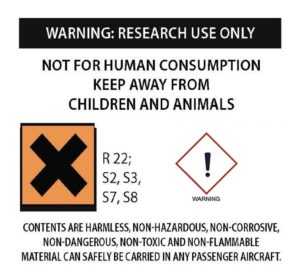
This product is only available to persons of 21 years old and above.
Hazard statement(s)
| H302 | Harmful if swallowed |
| H315 | Causes skin irritation |
| H319 | Causes serious eye irritation |
| H332 | Harmful if inhaled |
| H335 | cause respiratory irritation |
| H336 | cause drowsiness or dizziness |
| Precautionary statement(s) | |
| P264 | Wash hands thoroughly after handling |
| P280 | protective gloves/protective clothing/eye protection/face protection |
| P305 + P351 + P338 | IF IN EYES: Rinse cautiously with for several minutes. Remove contact lenses, if present and easy to do. Continue rinsing. |
| P337 + P313 | If eye irritation persists: Get medical advice/attention |
| P261 | Avoid breathing dust/ fume/ gas/ mist/ vapors/ spray |
| P271 | Use only outdoors or in a well-ventilated area |
| P304 + P340 | IF INHALED: Remove victim to fresh air and keep at rest in a position comfortable for breathing |
| P312 | Call a POISON CENTER or doctor/physician if you feel unwell |
| P403 + P233 | Store in a well-ventilated place. Keep container tightly closed |
| P405 | Store locked up |
| P501 | Dispose of contents/container to a licensed disposal company |

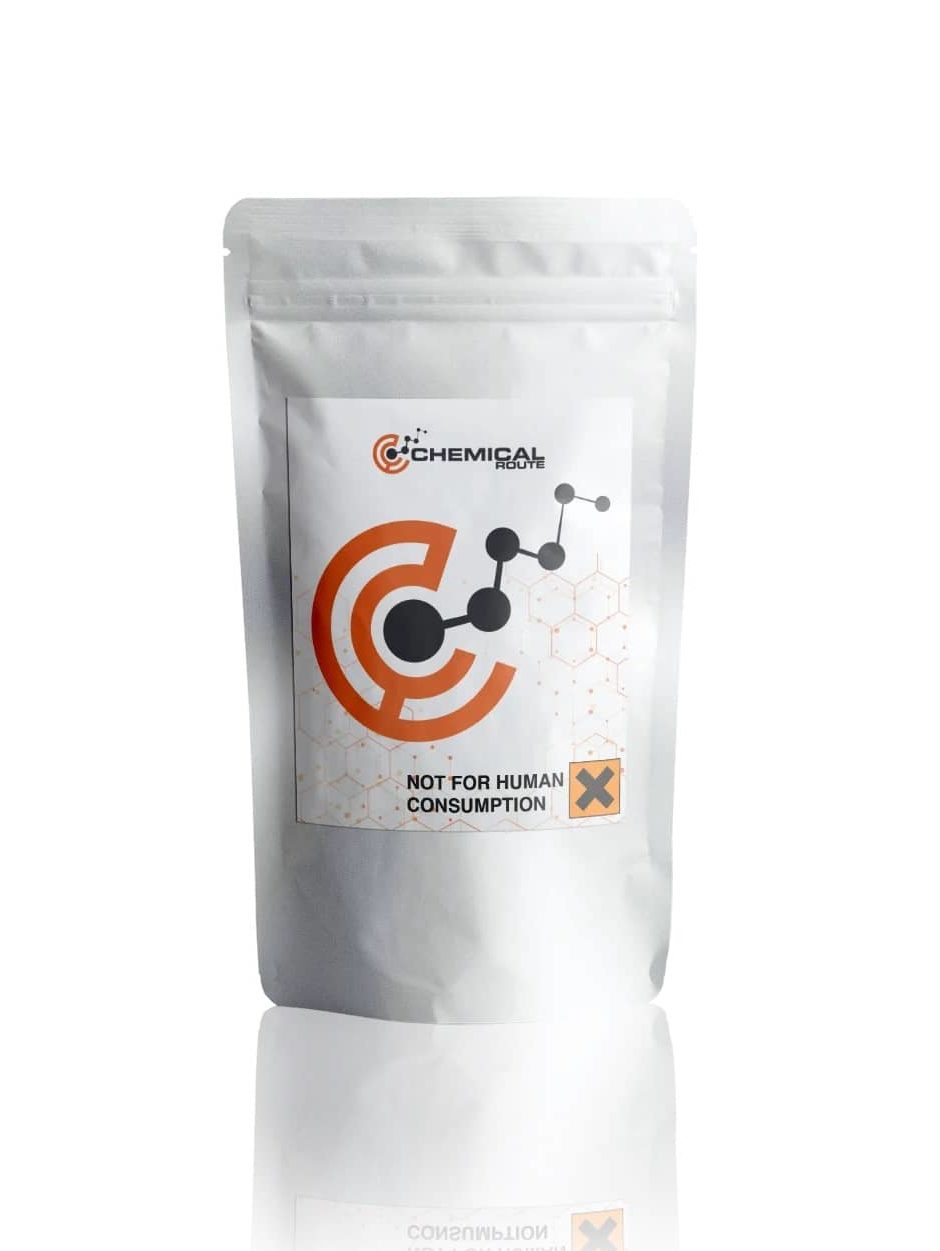
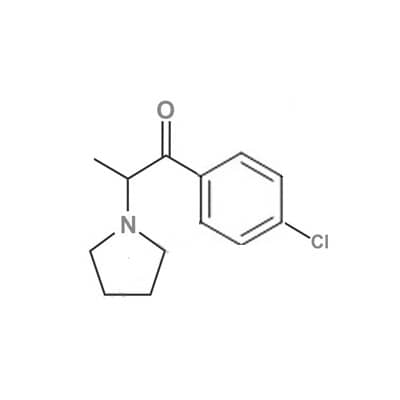
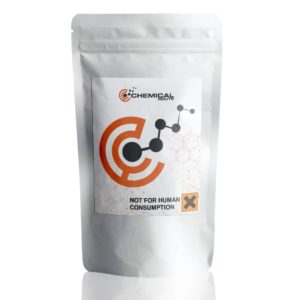
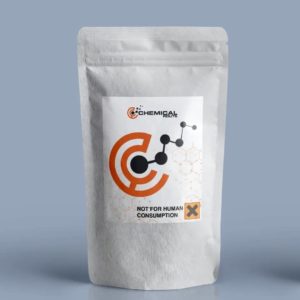
Reviews
There are no reviews yet.